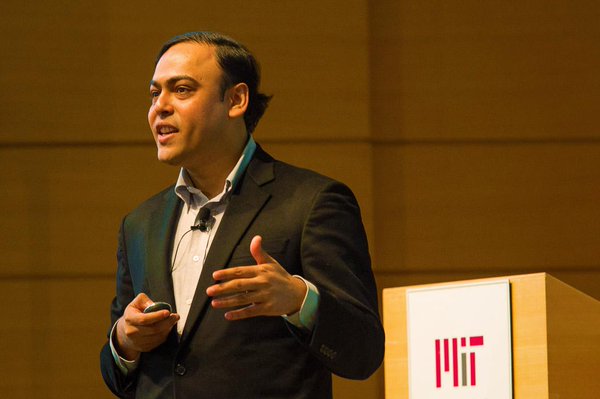The LGO program has many ways to focus your MBA on supply chain management. There is a defined track within Civil and Environmental Engineering for students who want to dive deep into supply chain coursework. Students then have multiple companies who regularly offer internship projects on global supply networks, which allow students interested in supply chain management to work in the field before taking a leadership role after graduation.
Max Tanski (LGO ’23)
Title: Making more miles: Automating Load Selection, Truck Dispatch, and Backhaul Activation in Outbound Logistics Operations
Engineering Department: Electrical Engineering and Computer Science
Partner Company: LFM Capital
Gregory Cass (LGO ’23)
Title: Driving Growth through Sales Planning, Inventory Management and Supply Chain Expansion
Engineering Department: Civil and Environmental Engineering
Partner Company: LFM Capital
Lampros Tsontzos (LGO ’22)
Title: Dynamic Algorithm for Target Inventory and the Impact on Replenishment Strategy
Engineering Department: Civil and Environmental Engineering
Partner Company: Zara (Inditex, S.A.)






